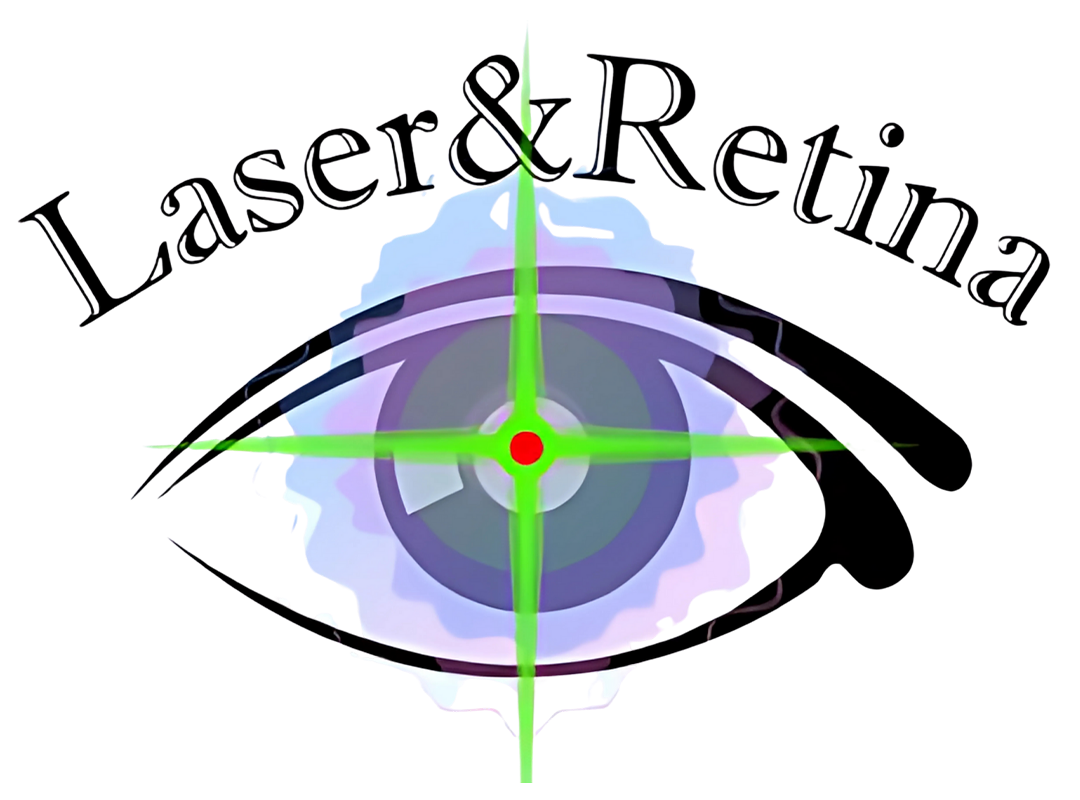Epiphora or Watery Eyes
Epiphora or Watery Eyes
Epiphora refers to excessive tearing or watering of the eyes. While tears are essential for keeping the eyes lubricated and healthy, too many tears can cause discomfort, blurred vision, and social or cosmetic concerns. It may affect one or both eyes and can occur at any age.
Tearing can result from either:
1. Overproduction of tears
2. Obstruction or dysfunction in tear drainage
Tear Overproduction
Often a response to:
- Ocular surface irritation (dry eye, allergies, foreign body)
- Blepharitis (eyelid inflammation)
- Infection or inflammation (conjunctivitis, keratitis)
- Exposure to wind, smoke, or bright light
Comprehensive eye care
- Uveitis and Ocular Immunological Reactions
- Neuro Ophthalmology
- Digital Eye Strain
- Dry Eye Management
- Amblyopia / Lazy Eye Management
- Epiphora / Watery Eyes
Drainage System Blockage
Tears normally drain through the puncta (tiny openings at the eyelid corners), into the nasolacrimal duct, and then into the nose. Blockages or narrowing at any point can cause tears to overflow.
Common drainage issues:
- Nasolacrimal duct obstruction (NLDO) – congenital or acquired
- Punctal stenosis – narrowing of the eyelid opening
- Canaliculitis – infection of the tear drainage canal
- Lacrimal sac infection (dacryocystitis)
Symptoms
- Constant or intermittent watery eyes
- Blurred vision due to tear film excess
- Tears rolling down the cheek
- Redness or irritation
- Crusting on lashes or sticky discharge (if infected)
Diagnosis
Our comprehensive evaluation includes:
- Detailed patient history
- Slit-lamp examination of the ocular surface and eyelids
- Fluorescein dye disappearance test (FDDT)
- Syringing and probing to assess the lacrimal drainage
- Dacryoscintigraphy or dacryocystography (DCG) in complex cases
Treatment Options
Treatment depends on the underlying cause:
1. For Tear Overproduction:
- Manage dry eye disease or blepharitis with lubricants, warm compresses, lid hygiene
- Treat allergies or infections appropriately
- Control environmental exposures
For Drainage Obstruction:
- Conservative measures for mild cases (massage in infants, punctal dilatation)
- Surgical intervention such as:
- Dacryocystorhinostomy (DCR) – creates a new tear drain into the nose
- Punctoplasty – widens narrowed puncta
- Probing and irrigation – for congenital or early acquired cases
Pediatric Epiphora
In infants, epiphora is often due to congenital nasolacrimal duct obstruction, which usually resolves with time or massage. Persistent cases may need probing by age 6–12 months.
Follow-Up and Prognosis
- Regular follow-up ensures effective symptom resolution and identifies any recurrence or infection.
- Surgical treatments have high success rates, especially when performed early in appropriate cases.
If you or your child are experiencing persistent watery eyes, we offer specialized evaluation and treatment tailored to your specific condition — from conservative care to advanced lacrimal surgeries.
Comprehensive eye care
- Uveitis and Ocular Immunological Reactions
- Neuro Ophthalmology
- Digital Eye Strain
- Dry Eye Management
- Amblyopia / Lazy Eye Management
- Epiphora / Watery Eyes
